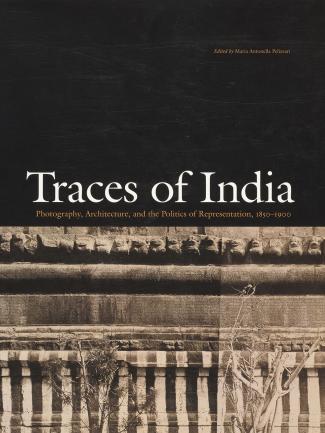Nineteenth-century European photographs of the historic monuments of India evoke and describe the unfolding of Indian culture within the context of the British colonial era. Created for a variety of social, economic, scholarly, and political reasons, these photographic images also played a role in the emergence of an Indian national history.
Traces of India, organized by the Canadian Centre for Architecture, Montréal, presented more than two hundred photographs of Indian architecture as part of a broad visual culture. Historical photographs were displayed, together with prints, drawings, books, maps, artifacts, and a selection of materials from contemporary India. Embodying the presuppositions and prejudices of the colonial world, these images remain enduring records of minds as well as monuments and testify to the complexities of the encounter between Western empiricism and imperialism and the rich cultures of the Indian subcontinent.
Venues
Canadian Centre for Architecture, Montréal: March 15–September 14, 2003
Yale Center for British Art: October 16, 2003–January 11, 2004
Fowler Museum of Cultural History, Los Angeles, California:
March 7–July 3, 2004
View works from the collection included in this exhibition here.
Credits
Traces of India was curated by Maria Antonella Pelizzari, Lecturer in Photography at Concordia University and formerly Associate Curator, Photographs Collection, Canadian Centre for Architecture, Montréal. The exhibition was designed by ROY.
Top image
Traces of India: Photography, Architecture, and the Politics of Representation installation, photo by Richard Caspole
Extended reading

Traces of India: Photography, Architecture, and the Politics of Representation, 1850–1900
Edited by Maria Antonella Pelizzari